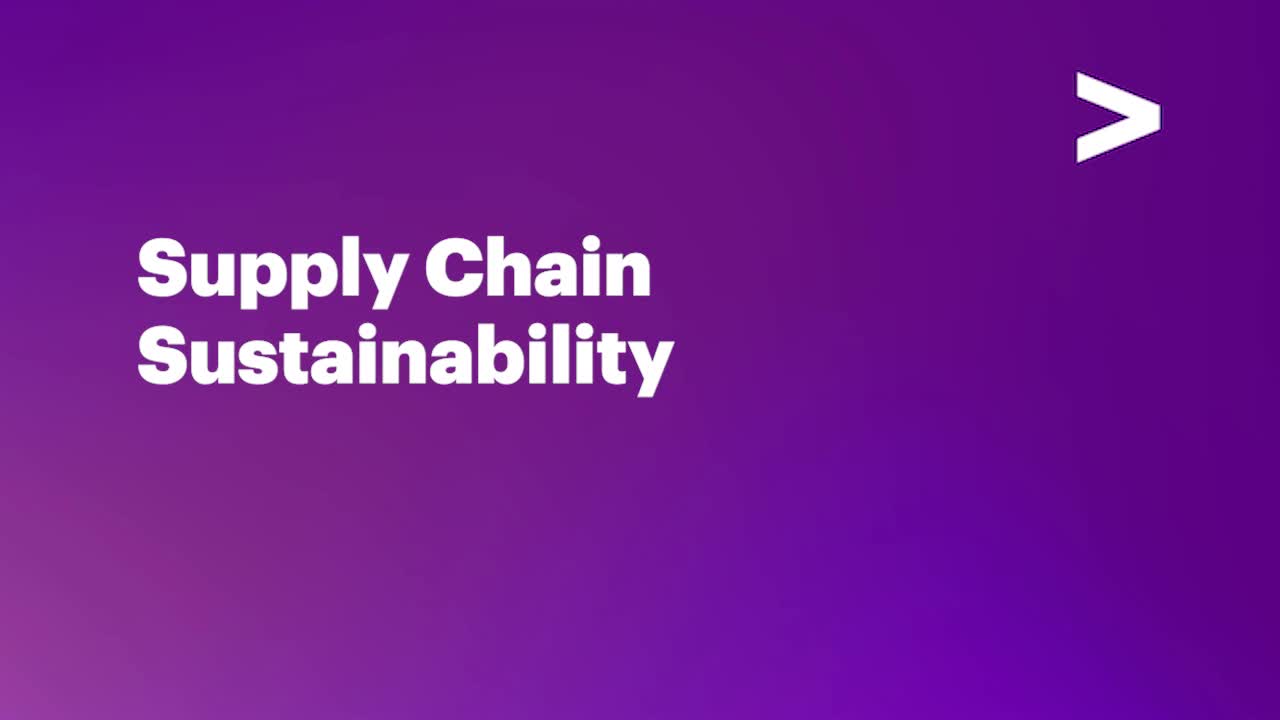Blog
Why supply chain sustainability matters
5-MINUTE READ
July 21, 2022
Blog
5-MINUTE READ
July 21, 2022
Over the past few years, supply chain sustainability has risen rapidly up the agenda for companies worldwide. Regulation around Environmental, Social and Governance (ESG) issues has been a key factor. So has mounting pressure from investors. And, of course, consumers’ choices are forcing companies to reimagine how they design, source, manufacture and distribute products in order to build brand loyalty and drive growth.
With supply chain operations generating 60% of all global emissions, prompt action is vital. And sustainability is a top priority for CPOs and supply chain leaders worldwide. While they are making progress, it’s a challenging time to make a real impact and start to do business the “right way.”
A key reason why? Extreme market volatility, driven by the pandemic and the war in Ukraine. This is forcing supply chain managers to find ways to embed resilience and sustainability, without impacting efficiency.
While very much a challenge across regions and continents worldwide, it is particularly daunting for supply chain leaders in Latin America as a region still largely lacking sustainable logistics networks, as Flavio Barreiros, SC&O Regional Lead, Latam, explains.

For maximum impact, measuring and managing sustainability performance should not be limited to supply chain or other individual functions but involve the entire organization. Accenture’s Measuring Sustainability, Creating Value research shows that companies with consistently high ESG performance generated 2.6X higher returns than medium ESG performers.
Common challenges include ESG data: While 47% of leaders have created KPIs and sourced relevant data, only 26% say the data they have is clear and reliable.
As Flavio explained in the video, Latin America also has unique challenges. Long-term economic pressures make it hard to drive efficiency and invest in sustainability at the same time. In response, we are seeing some interesting developments. These include deeper discussions about nearshoring and reshoring to build resilience, and lessen dependence on Asia Pacific markets.
In Latin America and worldwide, we see more and more companies focused on the “three pillars of supply chain sustainability”:
So how to get started?
It starts with determining what ESG success looks like for the company – and the supply chain as a critical component. CEOs are focusing on their climate risk exposure and net-zero initiatives. But a lot of this falls under the CPO’s remit. After all, this is the role responsible for producing, transporting, and selecting suppliers.
Access to the right data to make better decisions at every level is critical. Where lack of skills is an issue, gaps can be closed by reskilling, as well as the smart deployment of existing and emerging technologies. Technologies such as AI and analytics, will play a transformational role. So will solutions like control tower, blockchain and digital twin They can enable new capabilities especially in terms of track and trace. And that, in turn, offers companies far greater visibility into their suppliers.
There are also great opportunities to use technology to orchestrate more complex value chains. These can integrate alternative sources of supply, giving companies real-time insights, visibility and the ability to take action fast.